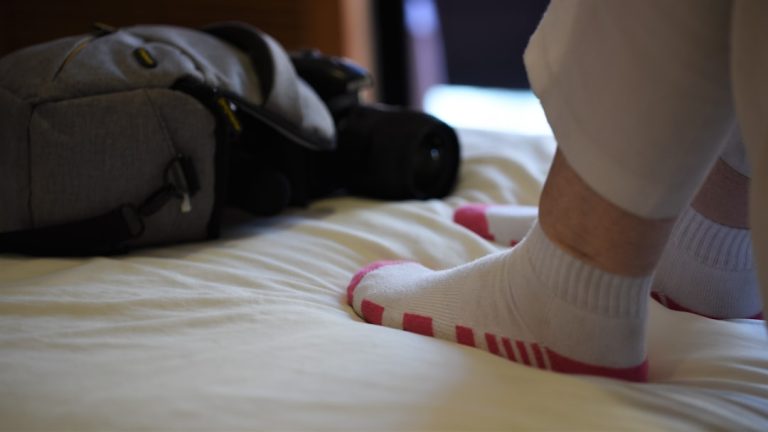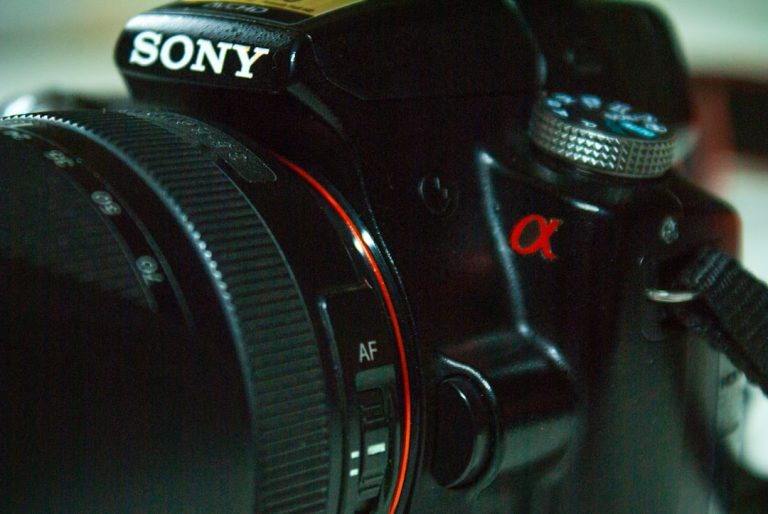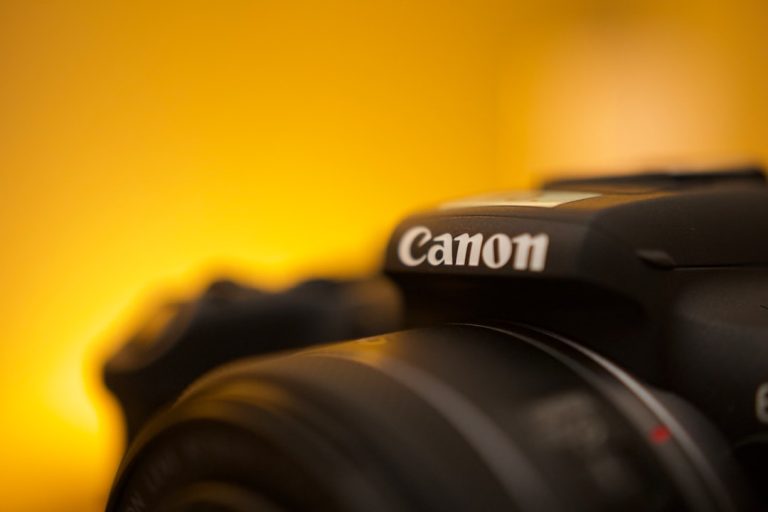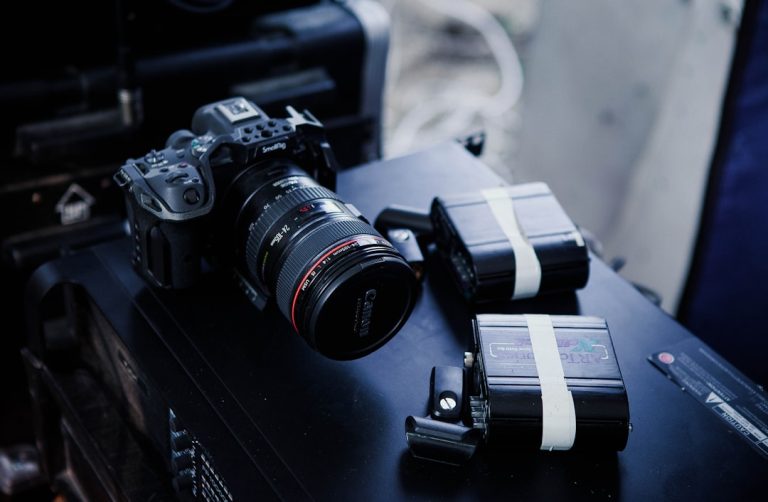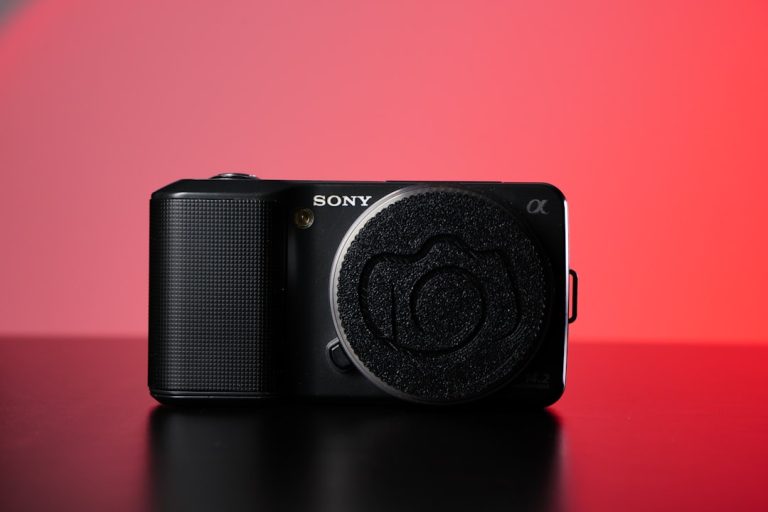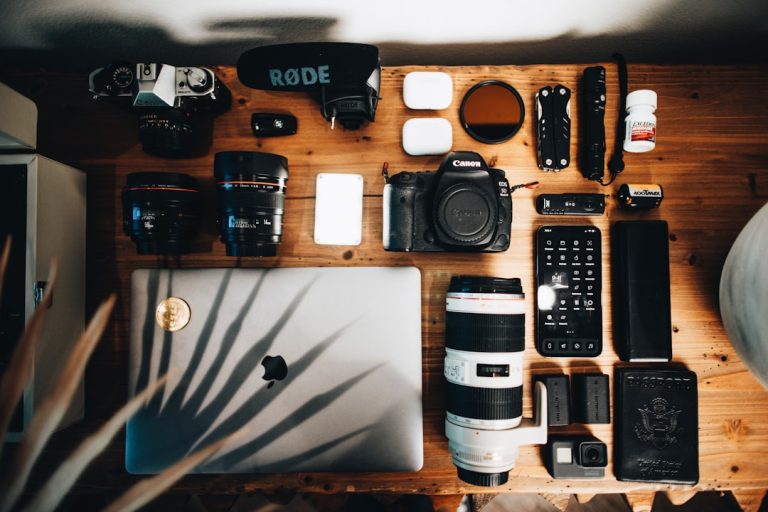Unlocking the Secrets of Photography Equipment: The Gear that Makes Magic Happen
In the world of photography, equipment can often feel like a Pandora’s box of choices, options, and…
In the world of photography, equipment can often feel like a Pandora’s box of choices, options, and occasionally, confusion. Every photographer—be it a novice, a seasoned pro, or even an enthusiastic hobbyist—knows that the right tools can mean the difference between capturing a fleeting moment and missing it entirely. So, let’s dive into the world of photography equipment and unravel its secrets, focusing on how you can make informed choices without breaking the bank.
First off, let’s talk about the cornerstone of any photography setup: the camera. It’s easy to get caught up in the allure of the latest model boasting 45 megapixels and a built-in espresso machine, but the reality is that many great photographs have been taken with older, more budget-friendly models. For budding photographers, consider starting with a reliable DSLR or mirrorless camera. Brands like Canon and Nikon have entry-level models that deliver fantastic image quality without the daunting price tag.
Now, you might be wondering, what about lenses? Ah, the lenses—the eyes through which your camera perceives the world! It’s tempting to buy the most expensive lens available, but understanding focal lengths and aperture can help you choose the right lens for your specific needs. A good 50mm prime lens, often referred to as a ‘nifty fifty’, is an excellent choice for portraits and low-light situations, and it’s usually easy on the wallet too. Plus, with a prime lens, you’ll hone your skills as you learn to move around your subject rather than relying on zooming in and out.
Let’s shift gears to tripods. If your hands shake like a leaf in the wind, a tripod is your best friend. But not just any tripod will do. Investing in a sturdy tripod can enhance your photography, especially in low-light conditions or when capturing long exposures. Look for options that balance weight with stability; after all, lugging around a heavy tripod isn’t exactly the most appealing idea during a sunset shoot. Many photographers opt for lightweight carbon fiber tripods that offer both portability and durability.
But what about lighting? Natural light is often hailed as the photographer’s best friend, but there are times when Mother Nature isn’t cooperating. Here’s where external flash units and reflectors come into play. A speedlight can help you create dynamic lighting effects, and reflectors can bounce light in the right direction, softening harsh shadows. Many DIY enthusiasts create their own reflectors using simple materials like cardboard and aluminum foil, proving that sometimes, the best equipment can be crafted at home.
For those looking to venture into videography, consider adding a gimbal to your kit. These devices stabilize your camera during movement, allowing you to capture smooth footage whether you’re filming a wedding or an adventurous hike. However, like most things in photography, there’s a learning curve, so don’t shy away from watching tutorials to master your new gadget.
Beyond the tangible equipment, let’s not forget the digital realm. Software plays a pivotal role in photography, particularly in post-processing. Programs like Adobe Lightroom and Photoshop can elevate your images from good to breathtaking with just a few adjustments. Many photographers find that learning to edit can be as valuable as mastering the camera itself.
As technology advances, we see exciting trends emerging in photography equipment. Drones, for example, have revolutionized landscape photography, allowing us to capture stunning aerial shots that were once impossible. Additionally, smartphone cameras are increasingly sophisticated, proving that you don’t need a hefty camera bag to take captivating photos.
In conclusion, while having the right photography equipment can enhance your craft, it’s essential to remember that the true essence of photography lies within your vision and creativity. So, invest wisely, but don’t forget to experiment and explore what you already have. Gear does matter, but the real magic happens when you wield it with passion and purpose. Your journey in photography is as much about the moments you capture as it is about the tools you use—so go out there, create, and let your imagination be your guide.


